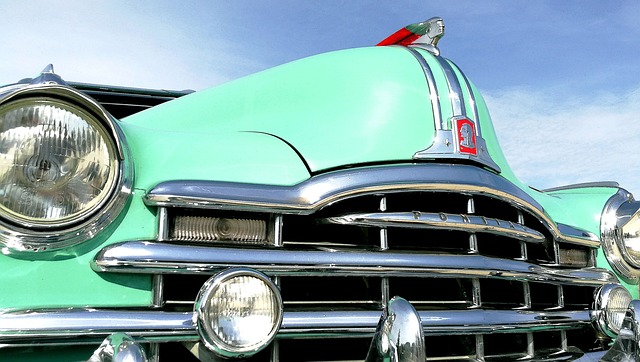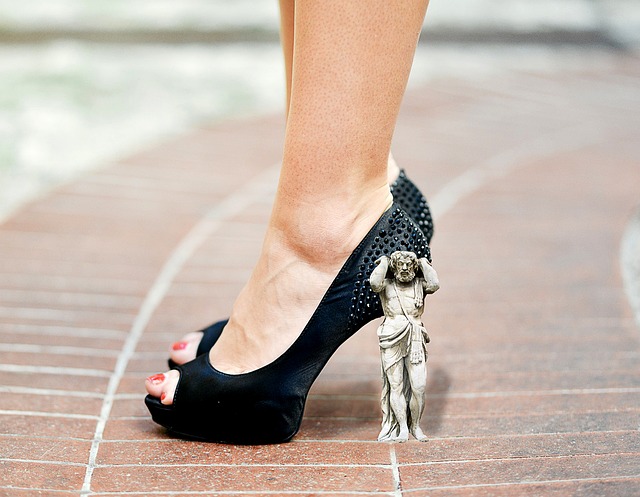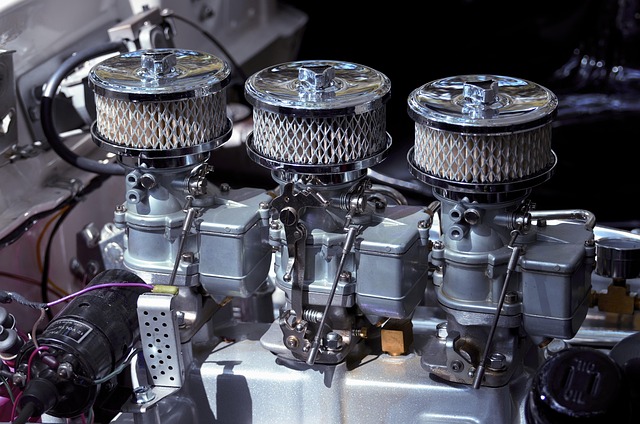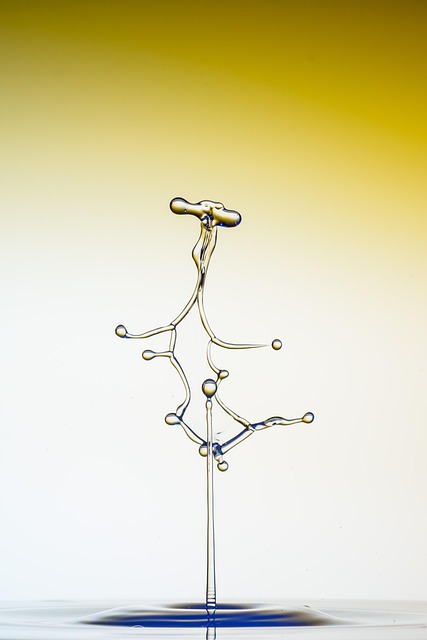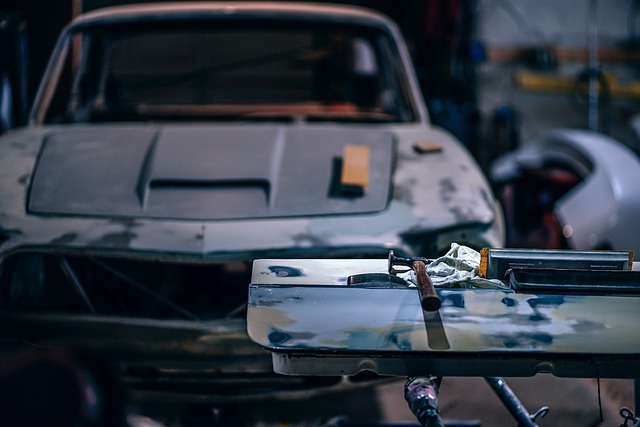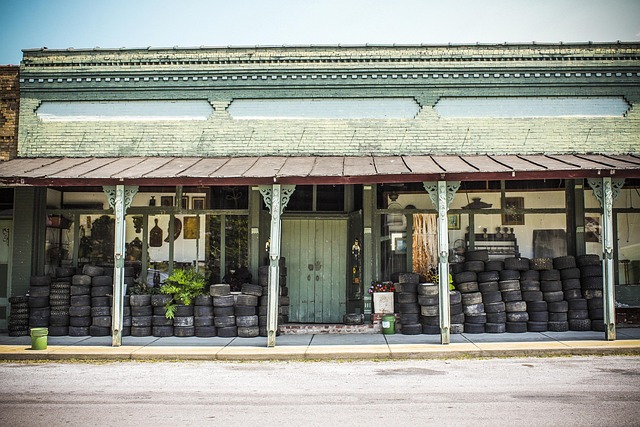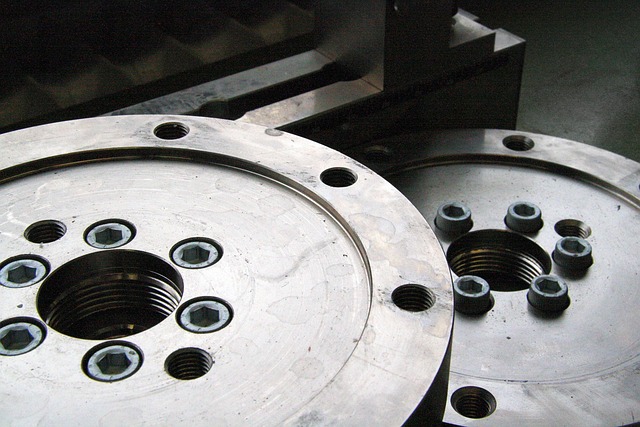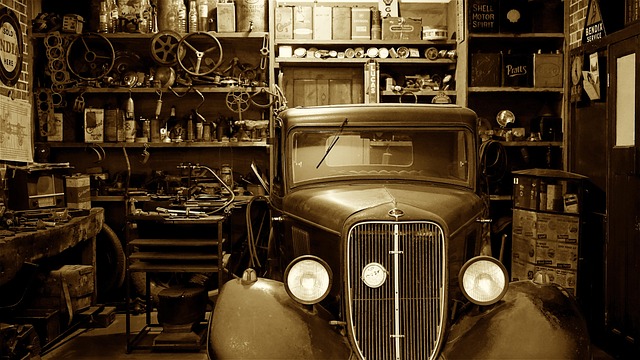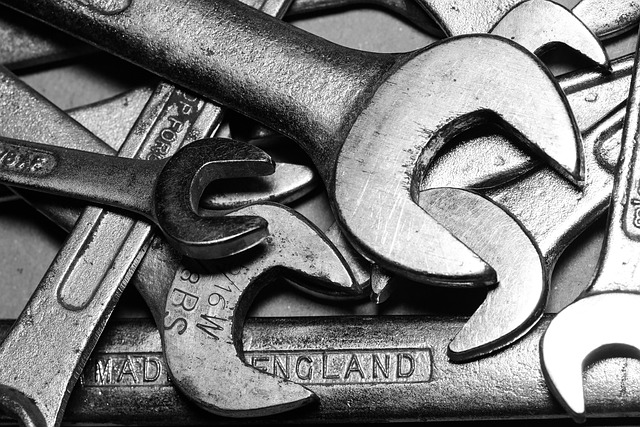Mercedes-Benz offers a range of luxury interior options, including both real leather and sustainable synthetic alternatives like Nappa and Eco-leather, catering to diverse customer preferences and environmental concerns. While traditional leather remains popular for its texture, breathability, and durability, synthetic materials provide cost-effectiveness and recyclability. Mercedes leather restoration services preserve the quality of these intricate interiors over time, ensuring collision repair and specialized care for real or synthetic leather damages.
“Uncover the truth behind Mercedes’ leather craftsmanship. This comprehensive guide explores the brand’s diverse material usage, from classic genuine leather to innovative synthetic alternatives. Dive into the art of Mercedes leather restoration, learning how proper care extends the life of their premium interiors. Additionally, we examine Mercedes-Benz’s commitment to sustainability, highlighting their approach to ethical and eco-friendly leather practices, including the use of alternative materials.”
- Leather Usage in Mercedes Vehicles: An Overview
- – Exploring the common materials used in Mercedes interiors
- – Differentiating between genuine and synthetic leather options
Leather Usage in Mercedes Vehicles: An Overview
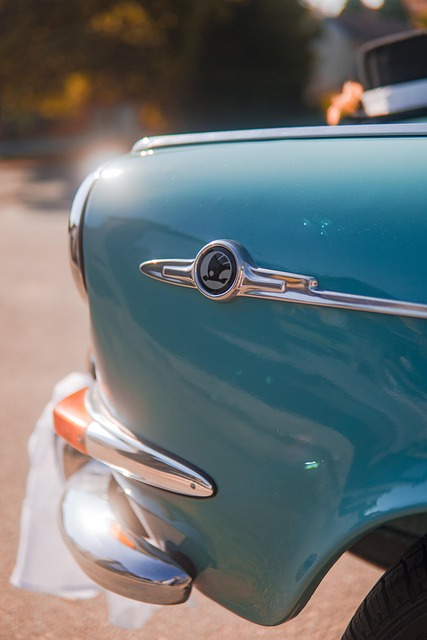
Mercedes vehicles have long been synonymous with luxury and quality craftsmanship, and leather is a significant aspect of this reputation. In recent years, there has been growing interest in understanding whether Mercedes uses real leather across all their models, especially as concerns about sustainability and ethical practices in the automotive industry rise.
While it’s true that many premium automobile manufacturers, including Mercedes, have offered leather interiors for decades, the materials used have evolved. Modern Mercedes vehicles offer a range of options, from genuine leather to high-quality synthetic alternatives. The brand provides flexibility to cater to diverse customer preferences and budgets. For those concerned about maintaining their vehicle’s interior, services like Mercedes leather restoration play a vital role in preserving the luxury feel and appearance of leather trim over time. This includes collision repair services for leather damage as well as automotive repair techniques tailored to keep these intricate interiors looking their best.
– Exploring the common materials used in Mercedes interiors

Mercedes is renowned for its luxurious interiors, and while real leather has long been a signature feature across many of their models, it’s not always the primary material used. In recent years, the brand has explored alternative options to cater to diverse consumer preferences and sustainability concerns. Common materials found in Mercedes interiors include high-quality artificial leathers, such as Nappa and Eco-leather, which offer a similar look and feel to traditional leather without the ethical or environmental impact. These synthetic alternatives are durable, easy to maintain, and often more cost-effective than real leather.
While real leather restoration services remain popular among Mercedes owners looking to revive their vehicle’s interior, the brand’s commitment to innovation extends to using sustainable materials. As a result, you might find that newer models feature fabric or vinyl blends designed to mimic the comfort of leather while incorporating eco-friendly elements, such as recycled content or easily recyclable materials. This balance between luxury and sustainability reflects Mercedes’ ongoing efforts to cater to modern consumers who value both style and ethical considerations in their vehicle choices, including those looking for effective collision repair services when necessary.
– Differentiating between genuine and synthetic leather options

Many car enthusiasts and owners often wonder about the authenticity of leather used in Mercedes-Benz vehicles. When it comes to distinguishing between genuine and synthetic leather options, understanding the difference is key. Genuine leather, a luxurious material, is derived from animal skin, typically cattle or sheep, treated with specific processes to enhance its durability and softness. It’s renowned for its unique texture, breathability, and age-enhancing characteristics. On the other hand, synthetic leather imitates the look and feel of real leather but is crafted from man-made materials like polyurethane or polyester. This alternative offers excellent durability and is often more cost-effective.
Mercedes-Benz provides a range of leather options in their models, catering to various preferences. While some higher-end trim levels may exclusively feature genuine leather, many contemporary Mercedes vehicles offer both genuine and synthetic leather choices. For those seeking leather restoration or maintenance for their Mercedes, an automotive body shop specializing in such services can provide expert care. With proper upkeep, whether real or synthetic, the luxurious feel and aesthetics of Mercedes leather can endure for years, enhancing the overall ownership experience, just like a fine auto dent repair specialist would restore a vehicle’s exterior to its pristine condition.
While Mercedes offers a variety of interior trim options, including synthetic leathers and sustainable materials, genuine leather remains a popular choice for many models. For those concerned about sustainability or wanting to revive their vehicle’s look through Mercedes leather restoration, it’s worth noting that the brand provides diverse alternatives. By understanding the materials used in different Mercedes models, car enthusiasts can make informed decisions, ensuring they get the desired aesthetic and comfort without compromising on personal values.
